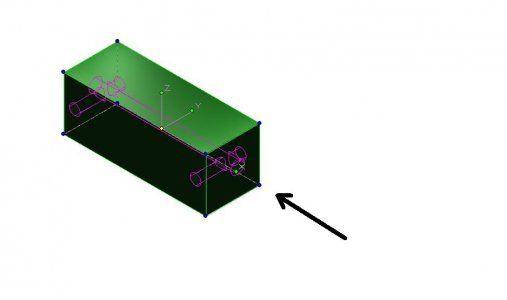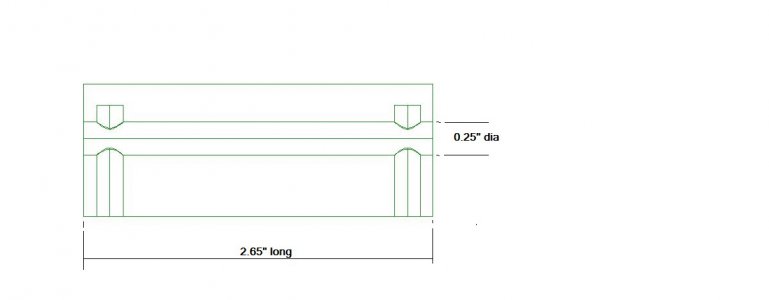- Joined
- Jul 4, 2014
- Messages
- 156
Guys,
I want to drill a deep "through hole" in a 2.65" long aluminum block. The hole will be 0.25" in diameter. The alu block is 1"x1" square. I know I must start with a center drill. After that I am not sure. What should be done to prevent the drill bit from wandering? I have drill bits that are 4" in length and I hope they should be sufficient?
Next step (not immediate) I want to attempt will be to make the same hole into an elongated hole (oval shape) of similar depth - 0.25" x 0.4". I think that will be even more tough.
My machines are G4000 9x19 lathe and G8689 Mini-mill by Grizzly.
Regards
Prasad


I want to drill a deep "through hole" in a 2.65" long aluminum block. The hole will be 0.25" in diameter. The alu block is 1"x1" square. I know I must start with a center drill. After that I am not sure. What should be done to prevent the drill bit from wandering? I have drill bits that are 4" in length and I hope they should be sufficient?
Next step (not immediate) I want to attempt will be to make the same hole into an elongated hole (oval shape) of similar depth - 0.25" x 0.4". I think that will be even more tough.
My machines are G4000 9x19 lathe and G8689 Mini-mill by Grizzly.
Regards
Prasad



